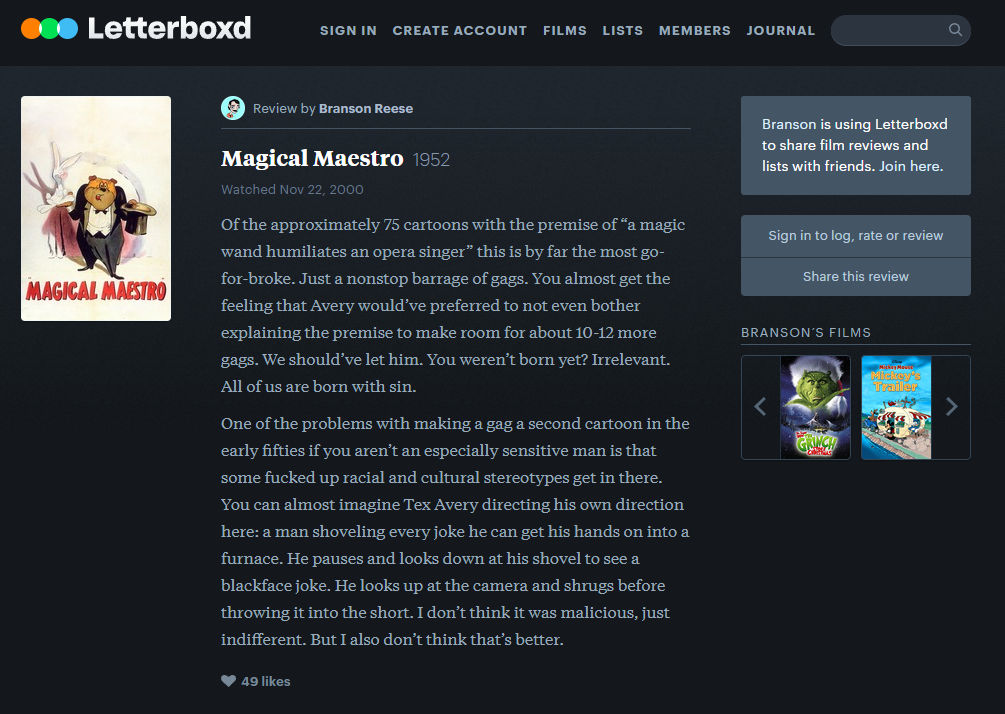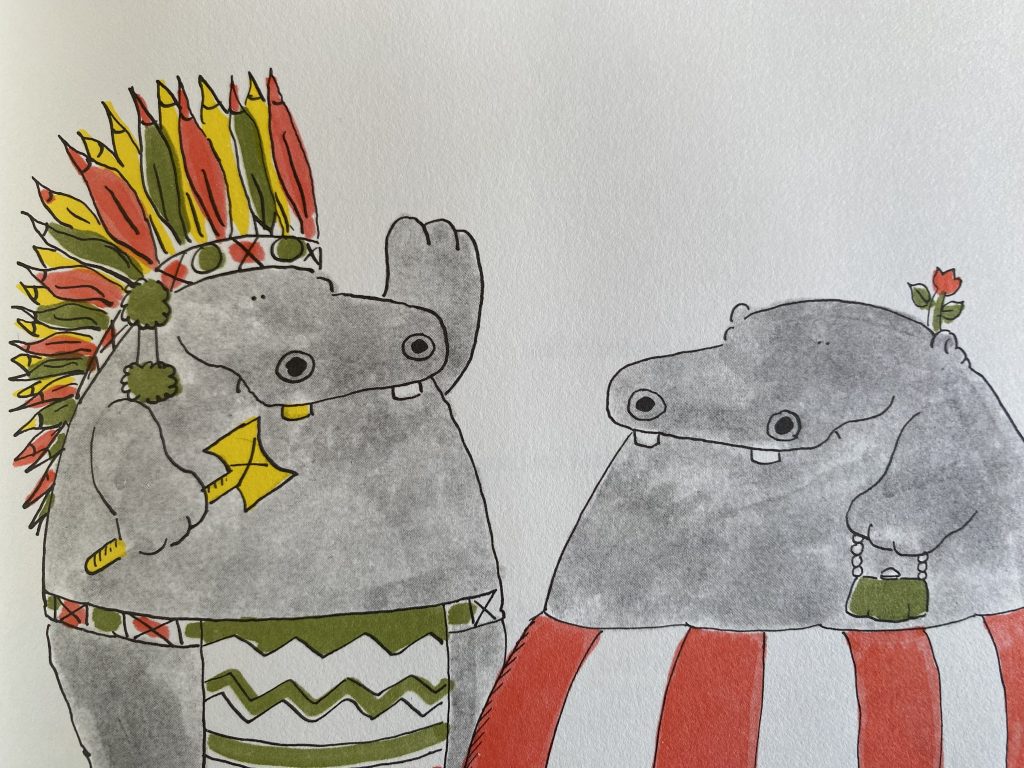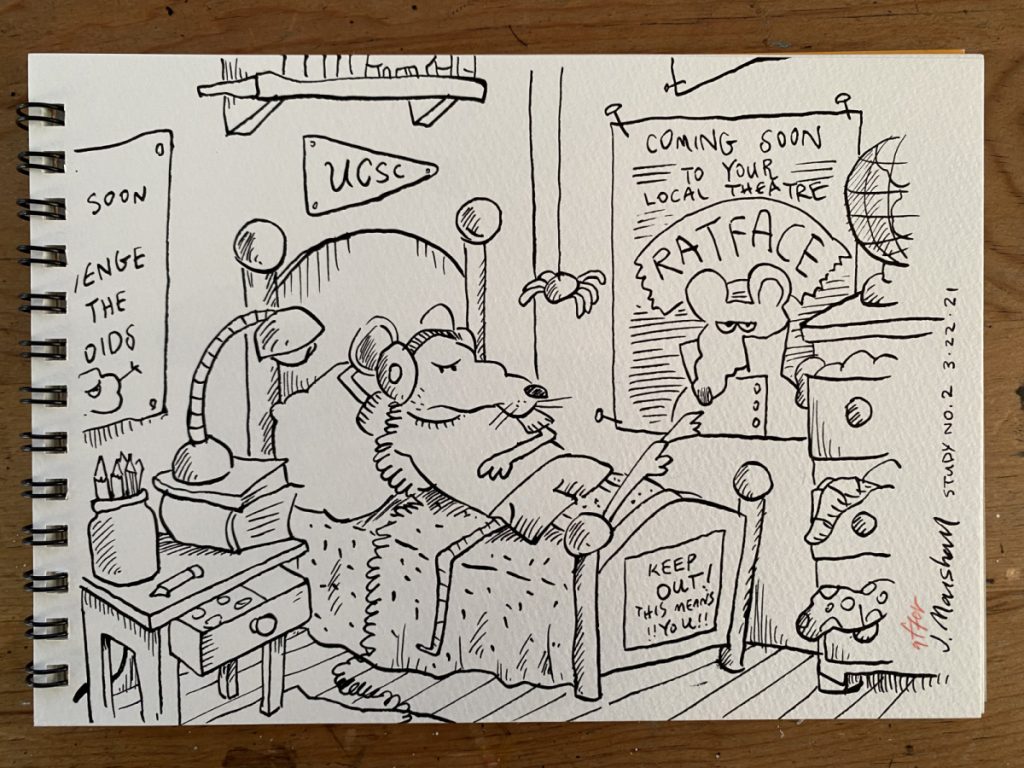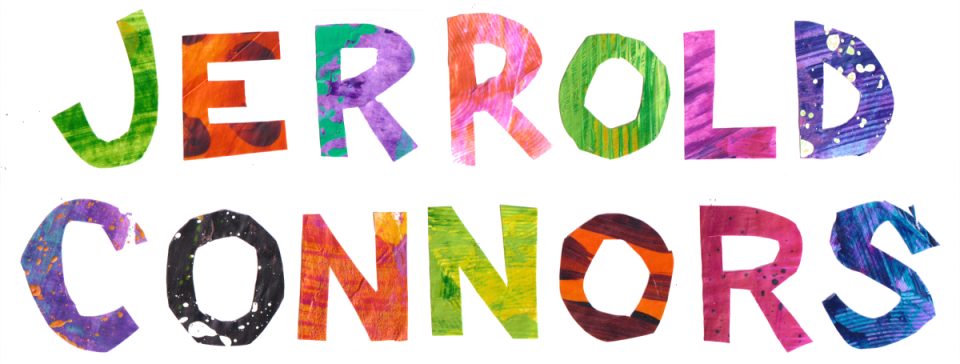I was scrolling through the Fuse 8 n’ Kate archives to see if they had done a book I hope to recommend when I noticed I missed a recent episode. It was the one following their review of The Stupids Step Out and if you listen to it to the end, you’ll hear Betsy refer to an email she received which talked about James Marshall and his frequent use of Native American headdresses as a costume for his characters. That email came from me, and that topic—what was Marshall thinking when he drew those headdresses?—is something I’ve meant to write about for a while. It wasn’t until February 26th of this year that my thoughts came together and I compiled them in a follow-up email to Betsy. So, if you heard the letters segment of the Laughing Latkes episode and was left wondering what exactly my incendiary thoughts were, this post is for you.

Why did my thoughts click on February 26th? February 26th is Tex Avery’s birthday. Tex Avery, in case you didn’t know, is the famed Looney Tunes director and creator of Bugs Bunny (though he’d became more famous later in his career for Droopy and his work for MGM) and if you’ve ever watched one of his cartoons, you’ll notice they come with more gags per minute than any other cartoon director’s work. A number, perhaps unsurprisingly, are problematic but he was by all accounts a highly sensitive and empathic person and I’ve often wondered about that disconnect: how did Avery view those gags? What blinders did he have on? And then I read a review of one of his shorts by SWAN BOY cartoonist Branson Reese:

This part:
One of the problems with making a gag a second cartoon in the early fifties if you aren’t an especially sensitive man is that some f***** up racial and cultural stereotypes get in there. You can almost imagine Tex Avery directing his own direction here: a man shoveling every joke he can get his hands on into a furnace. He pauses and looks down at his shovel to see a blackface joke. He looks up at the camera and shrugs before throwing it into the short. I don’t think it was malicious, just indifferent. But I also don’t think that’s better.
https://letterboxd.com/film/magical-maestro/
I think Reese put his finger on it here. Avery was mostly indifferent. A gag is a gag is a gag and he’s cramming as many as he can into the 600 feet of film that make up one of his cartoons.
Now, that said… Tex Avery has this one cartoon set in an Native American village (BIG HEEL WATHA, 1944) and it opens with the main character looking at the audience and saying “Hello, all you happy tax payers”. This is a play on Droopy cartoons where Droopy always opens with “Hello, all you happy people” but it very clearly points to a political opinion which (except for Hitler-bashing) is a rare thing in a Tex Avery cartoon.
Where this connects to Marshall? Marshall, like Avery, was a born and bred Texan and I think Native Americans, in his day in Texas, were a visible minority in a way they weren’t in other states (except maybe Arizona and New Mexico). I have no doubt both he and Tex Avery grew up surrounded by strong prejudices against their respective local tribes. How could they have not? I, myself, in third grade in Jakarta, Indonesia, half a world and a generation away, went as an “Indian Brave” for Hallowe’en, wearing the costume my older brother was given for his performance as “Lonesome Polecat” in a high school production of LIL’ ABNER.
I think the argument can be made that, like Tex Avery, Marshall was first and foremost concerned with gags. An efficient storyteller, Marshall relied on a number visual shorthand devices. The headdress, ultimately, was one of those—a convenient costume, a quick way to say “this character is playing dress up”. That he landed on the headdress and not, say, a pirate’s eye patch or a real estate tycoon’s top hat, is no accident. But like Reese in his appraisal of Avery, I don’t think it was malicious. Just indifferent. And I agree there as well, that this doesn’t makes it any better.

To me, the question of whether James Marshall was racist or not is immaterial. On the balance of intent versus impact, the impact of Marshall’s choices clearly outweighs his intent. This iconography remains harmful and I think acknowledging that is important. Beyond that, though, I don’t know. Frank Asch’s Bear received an update (as described in Debbie Reese’s blog here), maybe George and Martha could use one. If the question comes down to “would Jim himself approve of the change?”, I can only offer that Marshall, also like Avery, is remembered as a kind and extremely sensitive person. When I interviewed Marshall’s agent for the biography, he said Jim was one of the two kindest people he had ever worked with in all his years in publishing (click through for the other person). You take that, Marshall’s great respect for his young audience, and the fact that the man liked having his books out there (and loved) and you probably have a pretty convincing argument for updating any future editions of the books.
And if you’ve read this far and you have the inclination, rights and means to produce an updated version… (ahem) I do a pretty good Marshall.

UPDATE: a big thank you to Betsy Bird for suggesting the title for this article, a much better alternative to mine (sung to the tune of that Gene Autry song): The Hippos Wear Feathers in Their Hair (clap clap clap clap) Deep In the Heart of Texas.

Pingback: The Cricket in Times Square
Pingback: The Cricket in Times… Rectangle?
Pingback: James Marshall Week: Day 1